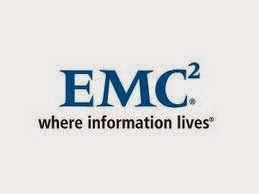- Tell about yourself and work experience ?
- Which ticketing tool are you using in your company ?
- How do you assign tickets to yourself ?
- What is Runbook & SLA ?
- Tell me about your TSM setup details ?
- What are your daily activities ?
- How do you check TSM Server health ?
- What are the copy group parameters ? explain ?
- How to Install & Configure BA client in AIX /Unix ?
- What are the differences between TSM V5 and TSM V6 ?
- What is Policy Domain & Policy Set ?
- How many policy set and management classes can be defined ?
- What are the default copy group parameters ?
- Do we have to validate & activate policy set if we do any modifications to copy group parameters ?
- What is the command to take incremental & selective backup ?
- How to restore a file from particular date and time ?
- How to find if a file is archived on a particular date ?
- How do you retrieve a file from point time ?
- What is expire inventory ?
- What is reclamation ?
- Difference between reclamation & collocation ?
- How to move data ?
- What is node decommissioning ?
- During migration, what will you do if next storage pool is also full ?
- What is migration ?
- What is the difference between Backup & Archive ?
- Difference between admin schedules & client schedules ?
- How to check read and write errors in tape volumes ?
- What is the difference between Physical Library & Virtual Tape Library ?
- What is Library Manager and Library Clients ?
- How do you check drive serial number in windows & Unix ?
- How do you scan tape drives in OS level ?
- How to configure storageagent/Lanfree backup on AIX ?
- How to configure Tape Library ?
- Tell me the commands to checkin & checkout tape volumes ?
- What will you do if you have no scratch volumes and no storage slots available in the library ?
- What will you do if you need scratch tapes immediately and you have no new tapes ?
- What will you do if TSM DB size gets full ?
- How to increase TSM DB size on TSM V6 ?
- What is the maximum value of Activelog ?
- How do you increase active log size ?
- How to check if last TSM DB backup is successful or failed ?
- If my disk storage pool is full, what will you do ?
- How to update migration to a disk storagepool ?
- How do you restore oracle db backup from production system to another test system using TDP Oracle ?
- How to configure TDP Domino, TDP SQL and TDP Oracle clients ?
- How to link library files during TDP oracle configuration ?





